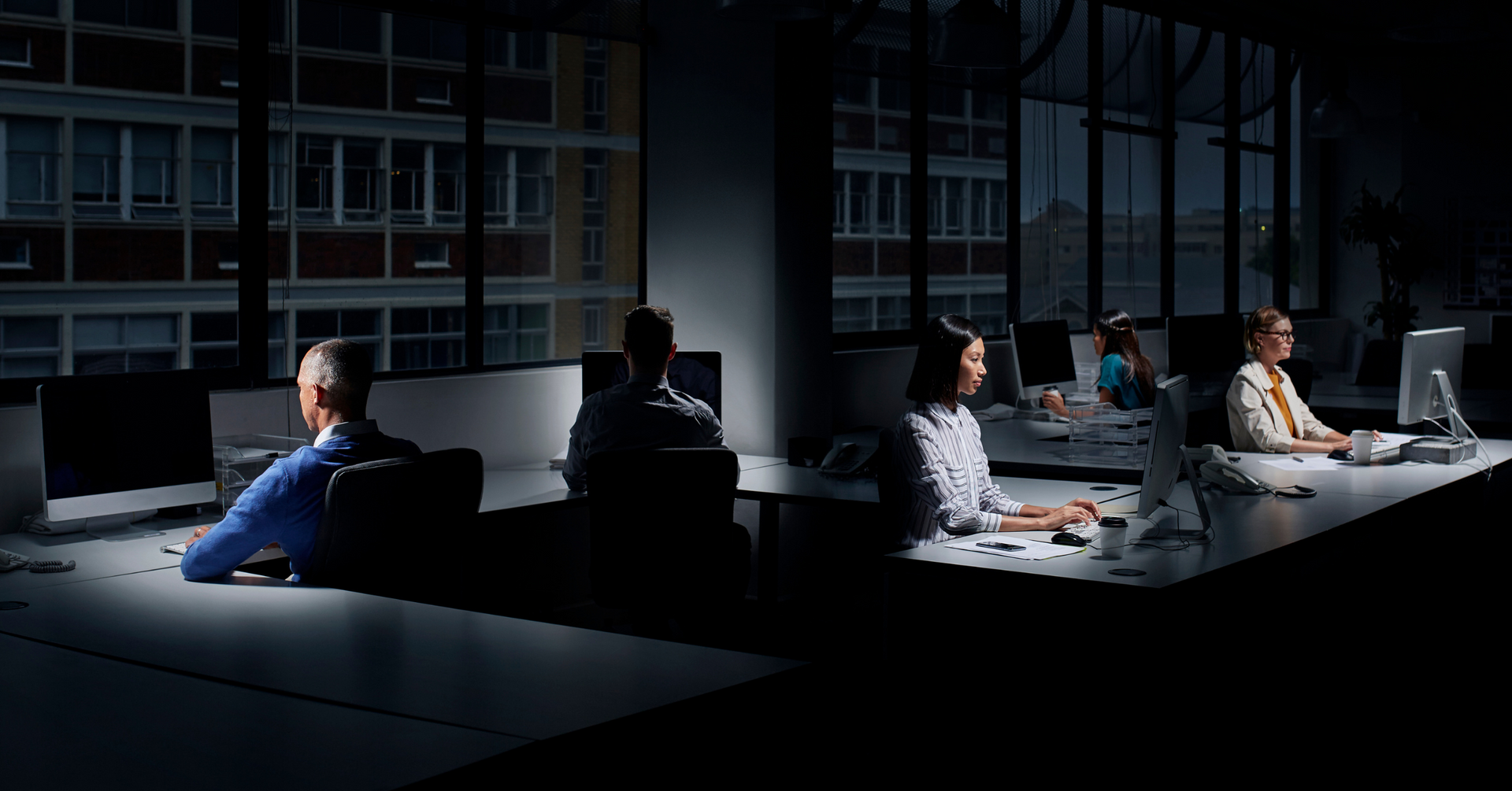As we move through the digital age, organisations need to be thinking creatively about how to get the best person for each role – and how to keep them. It can be tough to find the right talent with all the right skills through traditional recruitment processes, so modern businesses must lead the way with innovative ways to get the job done.
In this three-part series we are looking at key emerging trends for organisational success. Today we are looking at the current trends in how we work. From remote working to side-hustles, today’s employees are exposed to a magnitude of working options which are morphing what society views as valid ‘work’. Today we look at two key emerging areas.
The alternative or “Gig economy” workforce
Australia’s “alternative” workforce has become mainstream. There are currently around 1 million Australians who are either self-employed, or work within freelance or project-based roles.
Traditionally, organisations have managed this workforce transactionally “to fill spots” rather than using them strategically (for example as expert consultants). To succeed into the future, businesses must find creative solutions for effectively leading teams comprised of a mix of traditional and alternative workforce, each of which has different needs and different motivations. Innovative leaders will identify how their organisations can promote social enterprise in regards culture, inclusion and work assignments while ensuring that their alternative workforce don’t end up feeling like “outsiders”, and the traditional workforce don’t feel frustrated that they are missing out of the “cool” project-driven work.
Managing the alternative workforce can be tricky for different reasons, and the details of HR management are critical here. There can be a very fine line legally in the definition of a contractor and an employee, and many organisations do not yet have clarity on the implications for issues such as entitlements to Learning and Development, superannuation and taxation, WHS as well as workforce planning and hiring practices.
Talent Mobility
Current data suggests that over 50% of employees feel that it would be easier to find work in another organisation rather than move within their own, due to the hierarchical structure of the organisation, or HR incentives not encouraging internal hiring. This is not good news for their employers, who often lose out on valuable skills, knowledge and internal trust.
With 81% of this year’s Deloitte workforce survey respondents thinking that their organisational recruitment processes are currently standard or below standard, there is an urgent need to reset expectations on where talent can be found what it might look like, and how it will be accessed.
To really drive impact, and get the best candidate for a job, employers mustutilise assessment systems which map human traits and skills against the characteristics of the highest performing people in a role. AI is already playing a significant role in recruitment practice, and this will almost certainly become an increasing trend. The good news for business is that effective utilisation ofinternal mobility will help to build better leaders, expanding business opportunities and increase employee engagement.
Enter the Superjob
It sounds scary, and with all the talk of robots taking our jobs, who wouldn’t be a bit anxious? But many of us are already moving into the realm of the superjob. Deloitte describes superjobs as roles which combine work and responsibilities from multiple traditional jobs, using technology to augment and broaden the scope of work performed.
The fixed, stable roles seen in traditional job design are fast being automated by machines, and we are increasingly valuing the softer skills such as service-orientation, problem-solving and communication. Job design is thus evolving to move several different roles under one ‘umbrella’ which is partially automated, the resultant position relies heavily on a merging of technical, communication and organisation skills.
This is the second blog in our three-part series on emerging trends for organisational success. You can read part 1, Re-imagining the Nature of Work
If you loved this article, why not check out the other articles by our Senior CMPI Consultant Narelle Dickinson:
Using resilience to build happier and healthier workplaces










